Heliocentricity and Theoretical Proofs (part four). Doesn’t the Foucault Pendulum Prove the Earth is Rotating?
In short no. The claim is tautological and proves nothing about heliocentricity.
(The former medical student Foucault, at the Pantheon in Paris in 1851, with his 200 foot bobbing block)
Prologue
The standard textbook list of ‘proofs’ for heliocentricity usually include this list:
1. Newton’s theory of gravitational attraction (this is false, previous post deals with this)
2. The Stellar Parallax (ibid)
3. Stellar aberration of the Sun (ibid)
4. The Foucault Pendulum (this post)
5. The bulge at the Equator
6. Geosynchronous satellites
7. Space probe measurements
8. Retrograde motion
9. Star-streaming
10. The Doppler effect
11. Geometric complexity of geocentrism
This post will look at the mighty Foucault pendulum. Across the world, there are probably thousands of shrines in secular buildings and desacralized churches, which show a replica of Foucault’s apparatus. Museums, the UN, laboratories, university labs, and former churches offer a chapel to the ‘great man’ Foucault and his machine, which in the mid-19th century, ‘proved’ heliocentricity and made a mockery of those geocentric religious ignoramuses and their mystical dogma. A fine story which sadly does not stand up to scrutiny.
Foucault the college drop out
Foucault was a mid-19th century French Catholic medical school dropout and part-time photographer. He has been historically repositioned as a ‘physics researcher’. Maybe ‘opportunist’ is a better career description.
At the ripe age of 32 he performed a public experiment which delighted the Sun-worshippers. In 1851 he suspended a 61-pound ball from a 200 foot wire at the pantheon in Paris and set it swinging. He drew a line in the sand below the apparatus and predicated that the pendulum would move 11.25 degrees in 60 minutes, which it did. Applause all around. This apparently proved the Earth’s motion. So, we are told.
The logic is the following:
1. Foucault’s first and primary assumption is that the Earth rotates itself once per 24 hours, moving west to east
2. In one day based on this assumption, the pendulum should swing between 0, or not moving (which would be equivalent to the equator) and 360 degrees (the poles), meaning that at the poles the pendulum should rotate the full 360 degrees
3. If we draw lines in the sand for this swinging pendulum, n would be the intersection angle between the first line witnessed after the swinging begins, and a line drawn 24 hours later (in reality the specific day time is 23 hours, 56 minutes and 4.1 seconds– this is a sidereal day or star time, slightly different than the solar time of 24 hours)
4. Another assumption is that there is no relative motion. This means that if we swing the pendulum north to south it won’t affect the plane it moves in, this is due to the underlying assumption that the Earth rotates west to east and cannot ‘twist’ itself underneath the pendulum
5. Foucault’s equation predicts the Earth’s movement based on the object’s latitude, with n=360°sin(θ), where θ is the latitude
What does it all mean?
Long before Galileo, medieval naturalists and scientists had studied the pendulum and time keeping. Mechanical clocks were first built in the 14th century and were complex instruments. In these clocks the pendulum is anchored in one plane, it does not move, it is stationary. Foucault’s contraption allowed the anchor to rotate, which allowed the pendulum to move and rotate over a given time.
Using Foucault’s apparatus, we could start swinging it between the 12 and 6 o’clock position, rotate the anchor and within one hour the pendulum should move to swing between the 1 and 7 o'clock position. Over 12 hours and 24 hours, the pendulum should again be swinging back at the 12 o’clock to 6 o’clock position.
To be fair, if you have tried a Foucault pendulum replica, they often don’t work (personal experience), but let’s assume it can work.
What ‘convinced’ the heliocentrists was the rather obvious fact that at different latitudes, there should be different effects on the pendulum. At the North Pole or 90 degrees, the plane of the pendulum will rotate a full 360 degrees each 24-hours, or about 15 degrees per hour. As one moves farther from the North Pole in a southerly direction, the pendulum will slow down its rotation.
In Paris, Foucault found that the plane of the pendulum rotated 11.25 degrees in the first hour – just as he predicted. At the equator there would be no movement of the pendulum, given it is at ‘0 degrees’. Below the equator the rotation begins anew but in the opposite direction to that observed in the northern hemisphere. There are many models to explain these observations, by themselves they don’t prove anything.
Sun-worshipping happiness
A few posts have elaborated the point that Copernicus never offered real proof for his theory. Galileo certainly never provided such proofs (covered in the Galileo myth post). Newton’s gravity model did not explain the observations nor why the moon for example did not simply fall into the Earth. By the mid-19th century, it was becoming an imperative to demonstrate mechanical evidence for the Earth’s rotation and its 108.000 km / hour speed through space around the Sun. The ‘zeitgeist’ of ‘science’ in the 19th century was oriented towards these goals. Into this milieu Foucault the opportunist enters the stage.
Much of what Arago, Fizeau, Bessel, Maxwell, Lorentz, Poincare, Mach, Einstein and others undertook cannot be fully appreciated if we don’t understand that proving Copernicanism, or more accurately disproving the many experiments and observations which called into question the Earth’s mobility and Copernicanism, were key drivers in their maths, models and in some cases, experimentation (Arago, Fizeau, Michelson, for example, outlined in other posts in this substack).
In fact, in most hagiographies, it is declared that Fizeau and Foucault at the same time but independently in the mid-19th century, ‘proved’ the Earth’s motion. This is a fiction. Fizeau’s experiment disproved the Earth’s mobility and was a key motivator for Einstein, as stated in his own words, as to why he constructed the Special Theory of Relativity, which is entirely a mathematical thought-experiment, devoid of mechanical proofs as many posts on this substack have outlined. Einstein’s motivation was to cancel out Fizeau’s disproof of mobility which he admitted, caused him great distress (Fizeau’s water experiment and impact on Einstein).
Given this culture and scientific desperation, it is easy to understand why so many applauded the part-time photographer’s experiment as proof of a mobile Earth. Based on the geometry it does indeed seem somewhat logical, to posit that the reason the plane of the pendulum appears to be moving in a circle is that the Earth beneath it is rotating. However, in essence what the heliocentrist is declaring is that the pendulum’s circular motion is an illusion. The pendulum is moving back-and-forth in the same plane and the Earth is turning beneath it. So don’t believe your lying eyes, believe in another reality.
This was the main conclusion that people took from Foucault’s moving bob. As with relativity, this is a thought experiment, not proof. We are to imagine that the bob and pendulum plane are stationary and that it is the Earth which manifests the movement of arc angles over time. This is however an assumption and it is circular logic.
“I set out to prove the Earth is moving, my swinging pendulum moves, it moves because the Earth is moving underneath it. I therefore have proven the Earth moves.”
This is not scientific.
Problems with the Foucault explanation
If you are underwhelmed by the experiment, you probably are not alone. It does not prove much of anything. We will go into why. Note the medical college dropout’s key assumptions and the basis of his geometry, namely that the Earth moves around the Sun, and has a diurnal rotation. He accepts these as given, though as many posts in this substack have outlined, neither has been mechanically proven. That by itself means that Foucault’s experimental observation concluding Earthly rotation is just a theory.
Foucault’s doubt
Foucault’s description of his own experiment is inconsistent. Sometimes he speaks of the rotation of the Earth relative to space and other times relative to the fixed stars (heavenly sphere). He does not distinguish these two rotations or these two concepts and does not differentiate what their import might be. For example, he claims that if his contraption was placed at the North Pole:
“Thus a movement of oscillation is excited in an arc of a circle whose plane is clearly determined, to which the inertia of the mass gives an invariable position in space. If then these oscillations continue for a certain time, the motion of the earth, which does not cease turning from west to east, will become sensible by contrast with the immobility of the plane of oscillation, whose trace upon the ground will appear to have a motion conformable to the apparent motion of the heavenly spheres.” (Foucault 21:350-353)
The above is illogical and excites only questions:
· If the pendulum is constantly swinging in the same plane (while the Earth is rotating beneath it), what force is holding the pendulum in that stationary position?· If the plane of the pendulum is stationary, with respect to what is it stationary? · What then is the “unresolved” force acting on the pendulum?
The obvious answer is that the pendulum is stationary with respect to the rest of the universe, since it is certainly not stationary with respect to the Earth. Now we are back to the problems with Einstein and his Relativist friends. Is it the Earth which is rotating under fixed stars, or is it the stars revolving around a fixed Earth? As Einstein said: “The two sentences: ‘the sun is at rest and the Earth moves,’ or ‘the sun moves and the Earth is at rest,’ would simply mean two different conventions concerning two different coordinate systems” (Einstein, p. 212)
It is entirely logical and scientifically consistent to surmise that the combined forces of the universe which rotate around the Earth are causing the plane of the pendulum to rotate around an immobile Earth. In other words, in the geocentric model the movement of the pendulum is not an illusion – it really rotates. So, what makes more sense to your lying eyes? The pendulum and the bob move or, they are stationary and the Earth moves?
Modern physics has no argument against the geocentric reasoning since according to Einstein, there is no difference between the two models. Ernst Mach, from whom Einstein developed many of his insights, stated much the same. Critiquing Newton’s ‘absolute space’ as the pivot upon which the Foucault pendulum would turn, Mach writes:
If the earth is affected with an absolute rotation about its axis, centrifugal forces are set up in the earth: it assumes an oblate form, the acceleration of gravity is diminished at the equator, the plane of Foucault’s pendulum rotates, and so on. [In Newton’s view] all these phenomena disappear if the earth is at rest and the other heavenly bodies are affected with absolute motion round it, such that the same relative rotation is produced. But if we take our stand on the basis of facts, we shall find we have knowledge only of relative spaces and motions. Relatively, not considering the unknown and neglected medium of space, the motions of the universe are the same whether we adopt the Ptolemaic or the Copernican mode of view.” (Mach, p. 232)
Newton and friends
Further, in Newtonian mechanics, there is gravity acting as a string or force, pulling bodies and objects toward the Earth’s center of mass. If you walk at the equator this means you have a translational velocity of 1000 mph. If you walk along one of the poles there is no translational velocity but you are rotating. This is similar to a merry go-round, a roulette-wheel or for objects attached to strings hanging from a door that my cat enjoys playing with.
The above is what modern physics confirms. If this is true than we should not expect a Coriolis effect, nor should we expect a Foucault pendulum to work. The expected result must be null, regardless of the cosmological model being assumed. Inertia plus gravity will make the result the same as if the Earth is not moving.
Based on modern science, the principles of gravity, Mach and Einstein, the Foucault experiment proves absolutely nothing. The only fact from the pendulum phenomena that we can deduce is that there is a force causing the effect. But this does not mean that the Earth is causing the force, nor that the Earth is necessarily moving. The Foucault experiment by default proves nothing, except to confirm scientific propaganda.
Coriolis Force
Previous posts have outlined the universal forces which do impact our planet but are rarely discussed in the context of the heliocentric model, mostly because they provide proofs against the theory. With Foucault it is the same. You won’t read much if anything in the approved narratives about the potential impact on Foucault’s experiment by a Coriolis force.
It is quite probable that the force which is moving the pendulum to change the plane of its swing is this force. As outlined in previous posts the Coriolis force could be created not only by a rotating Earth in a fixed universe, but also by a rotating universe around a fixed Earth. If the rotating galaxies do create a Coriolis force this would turn the Foucault Pendulum on a fixed Earth.
Einstein admitted the same in a June 25, 1913, letter to Ernst Mach:
Your happy investigations on the foundations of mechanics, Planck’s unjustified criticism notwithstanding, will receive brilliant confirmation. For it necessarily turns out that inertia originates in a kind of interaction between bodies, quite in the sense of your considerations on Newton’s pail experiment. The first consequence is on p. 6 of my paper. The following additional points emerge: (1) If one accelerates a heavy shell of matter S, then a mass enclosed by that shell experiences an accelerative force. (2) If one rotates the shell relative to the fixed stars about an axis going through its center, a Coriolis force arises in the interior of the shell, that is, the plane of a Foucault pendulum is dragged around. (Herneck, p. 239)
Einstein’s entire career was largely the pursuit of Copernican proofs and to disprove the (literally) hundreds of thousands of experiments which denied Earth rotation and mobility. Einstein always assumed that the Earth was mobile with a diurnal rotation but he never performed a real experiment, preferring abstract-thought designs. In the quote above we could just as easily apply a rotating star-system (the universe) around a fixed Earth. In such a case, the universe would be the “heavy shell of matter S,” which, as it rotates, creates “an accelerative force” on the “mass enclosed by that shell,” the “mass” being any heavenly body. The “accelerative force” is understood by Einstein to be the “Coriolis force,” which is the force commonly cited to explain why “a Foucault pendulum” rotates.
In other words, a universe of stars rotating around a fixed Earth will cause the peculiar movement of the Foucault pendulum just as a rotating Earth in a “fixed star” system. Like a stick in a whirlpool, the pendulum would be carried around and around. It has inertia because it is caught in the gravitational draft of the stars’ diurnal circular movement. Even if you don’t agree with that view, there is nothing in the science, the geometry or the observational evidence which negates it.
Relativity applied to Foucault
How do we know that this Coriolis force is a real force? We send rockets heading due east to take advantage of the inertial field and maximizing the value of its power. It is the reason that north-south train tracks wear on one side more than the other. It is the reason that hurricane direction and other climate phenomena are reversed in the northern versus the southern hemispheres.
Given the reality of the Coriolis, the angular velocity of the Foucault pendulum would be equal to that of the rotation of the stars which conforms to Mach’s principle. This is the idea that mass in space determines inertia on Earth. This is reflected in the mathematical explanation found in Einstein’s geometrodynamic law (Misner et al, p. 537). It is also a part of the General Theory of Relativity, namely that all systems of reference are equivalent with respect to the formulation of the fundamental laws of physics (Møller, p. 219).
Here is another description of how the strong principle of relativity works:
“As an illustration…for the validity of the strong principle of relativity, we consider the Moon orbiting the Earth….If the observer solves Einstein’s field equations for the vacuum space-time outside the Earth, he might come up with the Schwarzschild solution and conclude that the Moon should fall toward the Earth, which it does not. So it seems impossible to consider the Moon as at rest, which would imply that the strong principle of relativity is not valid. This problem has the following solution.
As observed from the Moon the cosmic mass rotates. The rotating cosmic mass has to be included when the Moon observer solves Einstein’s field equations. Doing this he finds that the rotating cosmic mass induces the rotational nontidal gravitational field which is interpreted as the centrifugal field in Newtonian theory. This field explains to him why the Moon does not fall toward the Earth. As we have shown above, corresponding results are valid for observers with accelerated translational motion.” (Grøn and Eriksen, p. 117)
The above supports the contention that it is the universal mass and force of the Coriolis and its centrifugal power, which not only moves the Foucault pendulum, but also prevents the Earth crashing into the Sun. Heliocentricity cannot explain why the smaller planets are not consumed by the larger.
As Fred Hoyle noted, instead of denying geocentrism, Relativity actually goes the other way and shows how much better a system it is. This is quite bothersome to those trying to promote the ‘Copernican principle’ that the Earth and its human inhabitants are unimportant, unworthy, and irrelevant.
Föppl’s Flop
In 1904, August Föppl attempted to replicate the Foucault effort with an improved apparatus design, using a carefully suspended gyroscope whose precessional motion would reveal the disposition of an inertial frame of reference. Föppl hoped his experiment would decide whether: “…the terrestrial phenomena of motion is itself influenced by the rotation of the earth in such a way that, for these motions, the rotation of the earth does not coincide with that rotation with respect to the fixed star heaven.” (Norton, p. 31)
Föppl believed that the two systems, the Earth and the fixed stars, would be different due to a “special influence of the rotation of the earth.” But Föppl reported that he could detect no deviation between the two systems within the accuracy of his experiment. This of course meant that the Foucault pendulum did not prove that the Earth rotates, but merely that there was relative motion between the Earth and the stars. This ‘relative motion’ was never ‘proven’ to be the Earth’s mobility, it simply confirmed what Maxwell, Airy, Fizeau, Michelson, Miller and many others had already demonstrated. There is relative movement between the two systems, but the Earth’s mobility was undetected. On November 5, 1904 Föppl had to sadly conclude that an inertial system (eg the Earth):
“….obtains its orientation from the masses of the system of the universe in some kind of law governed manner.”
This conclusion would indicate that the inertial forces are determined by all the bodies in the system, namely our universe, which will then be disclosed by rotation, and the rotation will appear as a Coriolis force, which in turn moves the Foucault pendulum. This explanation, whilst unpalatable to Sun-worshippers cannot be denied given the methods of science and the evidence presented above.
I would guess none of the above is taught in science education.
Back to the Ether
Just to twist the knife a little further, let’s revisit the ‘ether’ or the medium in space denied by Special Relativity (but reinserted in a vague manner into General Relativity), and modern science which contends that space is a vacuum (how then does light propagate in a vacuum which is a code word for absolute nothingness, especially given that many believe in light waves or a mix of waves and photons?).
Many posts have outlined countless experiments which have confirmed that the ether around our planet may well exist, a foundational assumption for Maxwell’s and Lorentz’s electro-magnetic theories and equations which were the basis for Einstein’s work. Einstein vainly tried to remove the ether in his Special Theory of Relativity (1905), only to add it back again as an undefined medium in General Relativity (1915-19).
In 1925 the Michelson-Gale interferometer experiment attempted to measure the Earth’s movement, purportedly at 30 km/second. It failed. As with the 1887 Michelson-Morley experiment, the 1925 version uncovered a daily ether drift of ~5 km per hour. This is far below the expected 30 km/second speed of the Earth through the ‘vacuum’. Something is moving but not at the rate heliocentrists demand.
Using these results we can say that this same ether, found by Michelson-Gale along with many other experimenters, would cause a Foucault Pendulum at the North Pole to rotate 360 degrees in a 24-hour period. This ether movement is also a reasonable explanation for the circular force at the North Pole and the lateral force at the equator. Note that the heliocentrist cannot explain the circular force at the North Pole, nor the lateral force at the equator. Hence for heliocentricity the moniker of ‘fictitious forces’. At least the Tychonic model presents a plausible explanation of these forces.
Continual Ellipse formation
One could also add that the Foucault Pendulum rotates in a circle at the North Pole and merely oscillates back and forth with no angular movement at the equator, due to the same reasons which explain stellar aberrational differences by latitude. For instance, we see a star forming a circle at the North Celestial Pole but only a straight line (or hyperbola) at the equator. This was explained in previous posts as well.
Indeed, we could characterize the back-and-forth oscillations of the Pendulum at the North Pole, or at the equator, as the continual formation of hyperbolic ellipses since the Pendulum never swings back to the same absolute spot from which it left. In essence, the Pendulum produces a precession of ellipses, which, at the North Pole, precesses 360 degrees in 24 hours; while at the 45 degree latitude precesses 360 degrees in 36 hours; and at the equator does not precess at all.
This is entirely consistent with observations and experiments looking at light aberration and stellar parallax covered in other posts. In the Tychonic model, the reason that the formations from stellar aberration are similar to those of the Foucault Pendulum is that they are both caused by a rotating universe, but for the Foucault Pendulum the circle at the North Pole is caused by the daily rotation of the universe, while the circle at the North Celestial Pole from stellar aberration is caused by the universe’s annual precession due its annual rotation.
One can only reject the explanations offered by neo-Tychonians to explain the functioning of the Earth within our solar system from philosophical or metaphysical worldviews. There is no scientific rationale to reject a model if it explains the observational evidence and in the case of the Tychonic model, appears to be a better fit for Machian-Einsteinian postulates. ‘The Science’ can’t have it both ways.
Bottom Line
If we apply ‘modern’ science’s own principles and postulates, we can see that the 1851 Foucault experiment with a rotating pendulum proves nothing about the Earth’s mobility, nor heliocentricity. It is entirely the worldview or philosophy, of ‘The Science’ which makes such a claim. The actual experiment is tautological, resting its conclusion on the unproven assumption that the Earth is moving, claiming that the pendulum’s motion is actually an illusion and that we should not believe our lying eyes that it is moving, since, using circular logic, the Earth is moving.
Using standard physics, the laws of motion, Machian postulates and Einstein’s Relativity, we can see that the Tychonic model better describes what is going on with the pendulum, and does not obfuscate the fact that there is an observable and discernible motion of the pendulum. Further, the Coriolis force, acting on the Earth, provides an evidentiary explanation of the rotating pendulum’s arc journey in sidereal time and conforms to other observations of stellar parallax and light aberration.
In essence ‘The Science’ again has forwarded a proof which is fallacious and does not confirm heliocentricity. They are trying to ‘save the phenomena’ or more accurately, ‘save their theological dogma’. Scientism as a complex of theological belief does not believe in alternative explanations, nor will it countenance contradictory proofs.
This anti-scientific attitude was already in full view by the 19th century, if not by the time of Galileo in the 17th. It has simply accelerated in our own time given the vast complex of money and power which carefully manages ‘The Science’ and censors countervailing opinions and beliefs. Hence the term, Scientism.
Future posts will go through the remaining list of heliocentric ‘proofs’ subjecting them to a critical lens.
===
Sources
Einstein Albert and Infeld Leo, The Evolution of Physics: From Early Concepts to Relativity and Quanta, 1938, 1966
Essay by John Norton in Mach’s Principle from Newton’s Bucket to Quantum Gravity, eds., Julian Barbour and Herbert Pfister, Vol. 6, Birkhäuser, 1995
Foucault Leon, “Physical demonstration of the rotation of the earth by means of the pendulum,” Journal of the Franklin Institute, 21:350-353, 1851
Grøn Oyvind and Eriksen, Erik, Translational Inertial Dragging, General Relativity and Gravitation, Vol. 21, No. 2, 1989
Herneck Friedrich in “Zum Briefwechsel Albert Einsteins mit Ernst Mach,” Forschungen und Fortschritte, 37:239-43, 1963
Mach, Ernst, The Science of Mechanics, 4th edition, 1919
Misner, Thorne and Wheeler, Gravitation, 1973
Møller Christian, The General Theory of Relativity, , Oxford, 1952
Thirring, Hans “Über die Wirkung rotierender ferner Massen in der Einsteinschen Gravitationstheorie,” Physikalische Zeitschrift 19, 33, 1918, translated: “On the Effect of Rotating Distant Masses in Einstein’s Theory of Gravitation.”
===Related Posts
Heliocentricity and Theoretical proofs (part three). Stellar parallax and light aberration.
Heliocentricity and Theoretical proofs (part two). Universal forces ignored by Heliocentricity
Heliocentricity and Theoretical proofs (part one). Newtonian gravitation
Heliocentricty and Scientism (part 3). Georges Sagnac and the ‘Sagnac effect’
Heliocentricity and Scientism (part 2)
Is Heliocentricity a proven fact?
An overview of Special Theory of Relativity (STR)
An introduction to the underlying maths of STR
Key scientists and actors within the STR domain
James Webb Telescope observations which refute parts of STR and the Big Bang
Herbert Dingle’s unanswered clock paradox and the inherent contradiction within STR
Scientism and Special Relativity, the Paradigm is ending
From Aristotle to the Big Bang
(quite a few posts about the scientism of the Big Bang, just use the search icon)
===



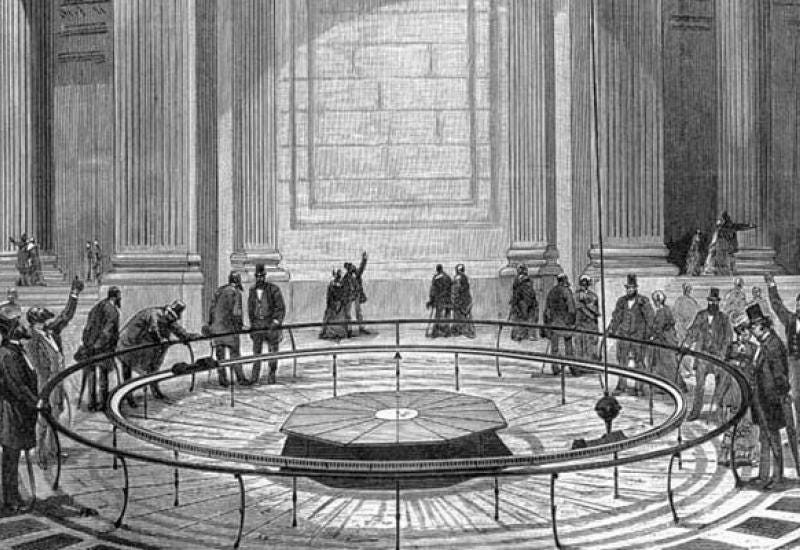



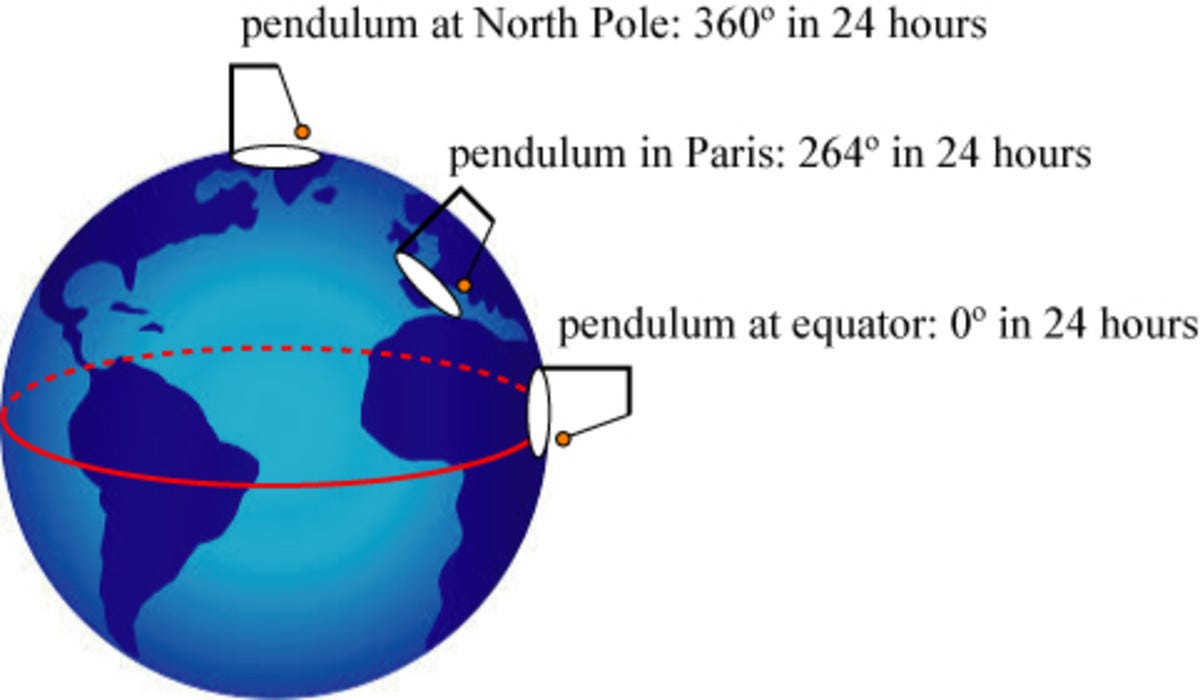
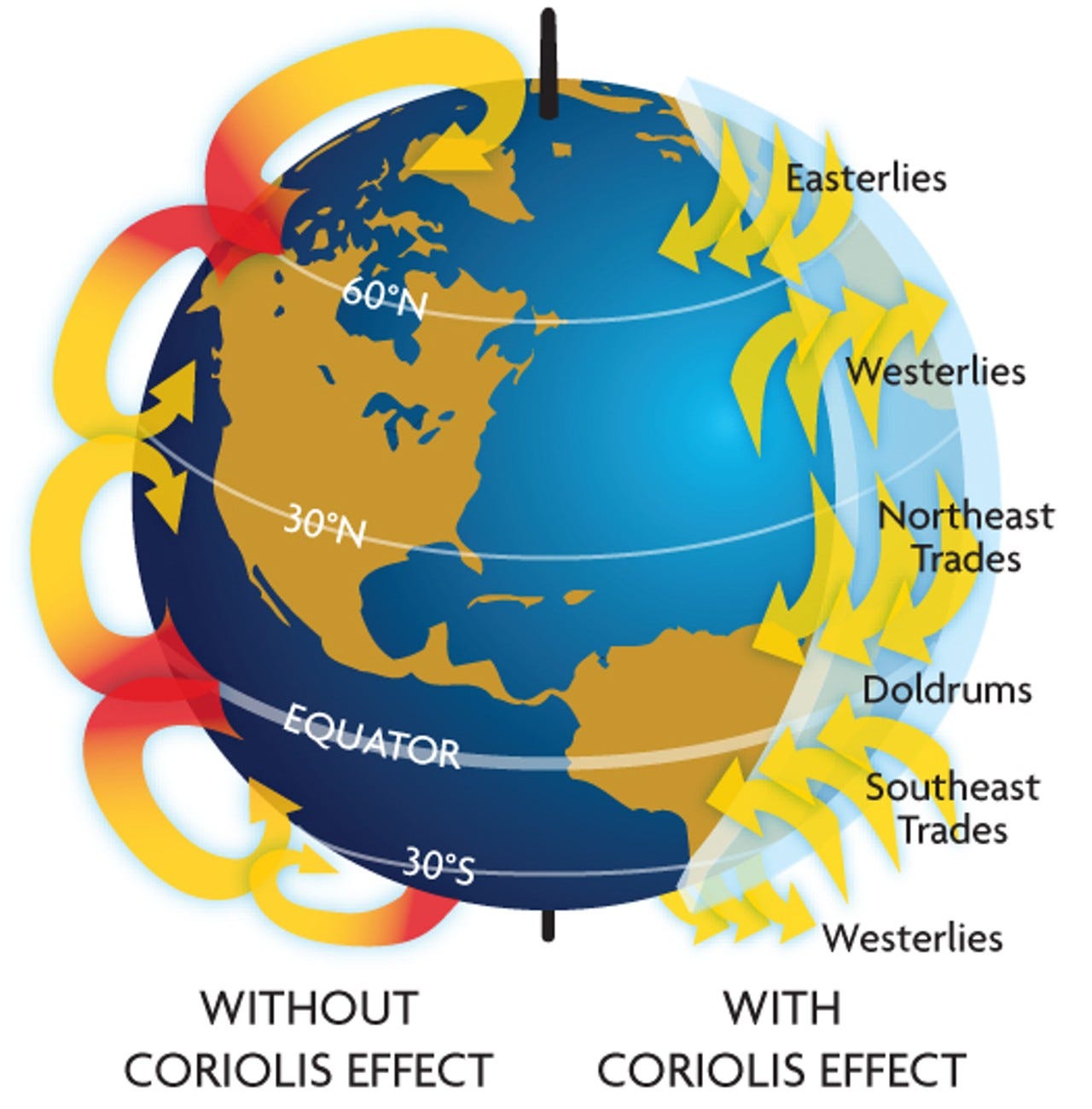

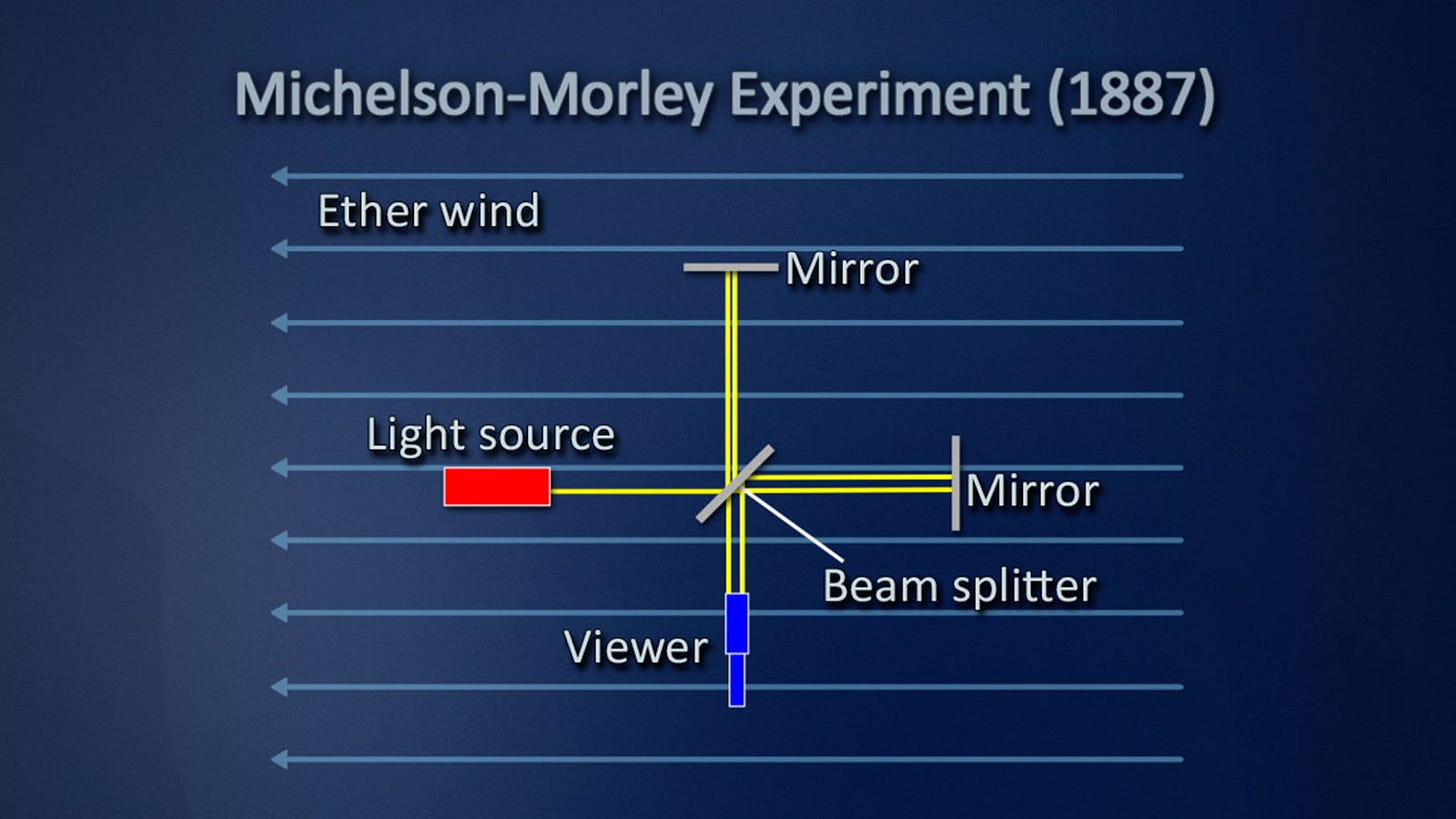

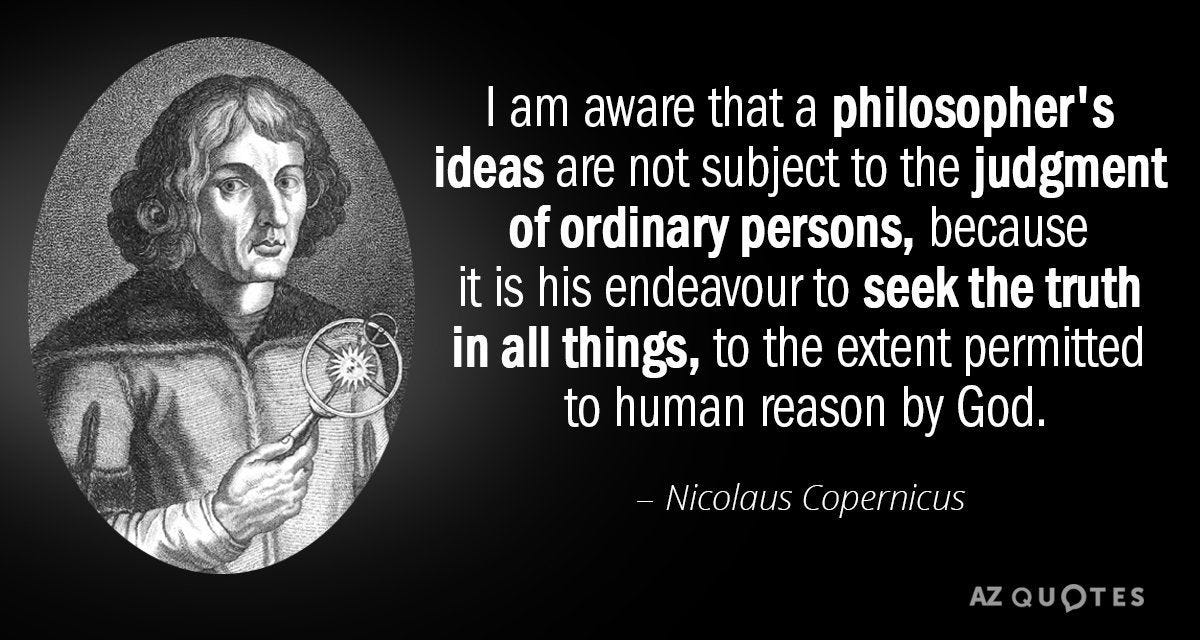
This is a well-written article. One question that occurred to me is how can one explain geostationary satellites in a geocentric model? We can see with our eyes the fixed images these satellites produce of the Earth. If the Earth is at rest then we would have to conclude that the geostationary satellites are at rest as well. That seems non-sensical to me.
Brilliant. Thanks. Suffering slightly from input overload here with all the great stuff you have recently posted. You mention "standard text book proofs of heliocentricity'' but before reading you guys I had never seen any defense just assumptions presented as fact. How on earth do you know all this stuff? I used to believe the cosmic distance scale safe out to parallax distances - not any longer. Since covid 19 the Church of Science is crumbling.